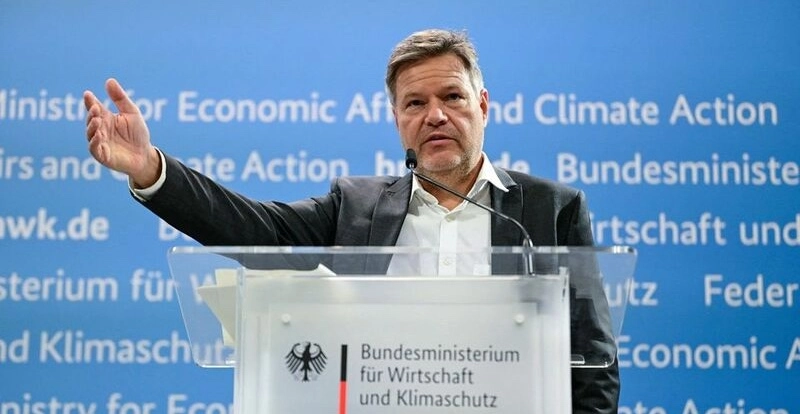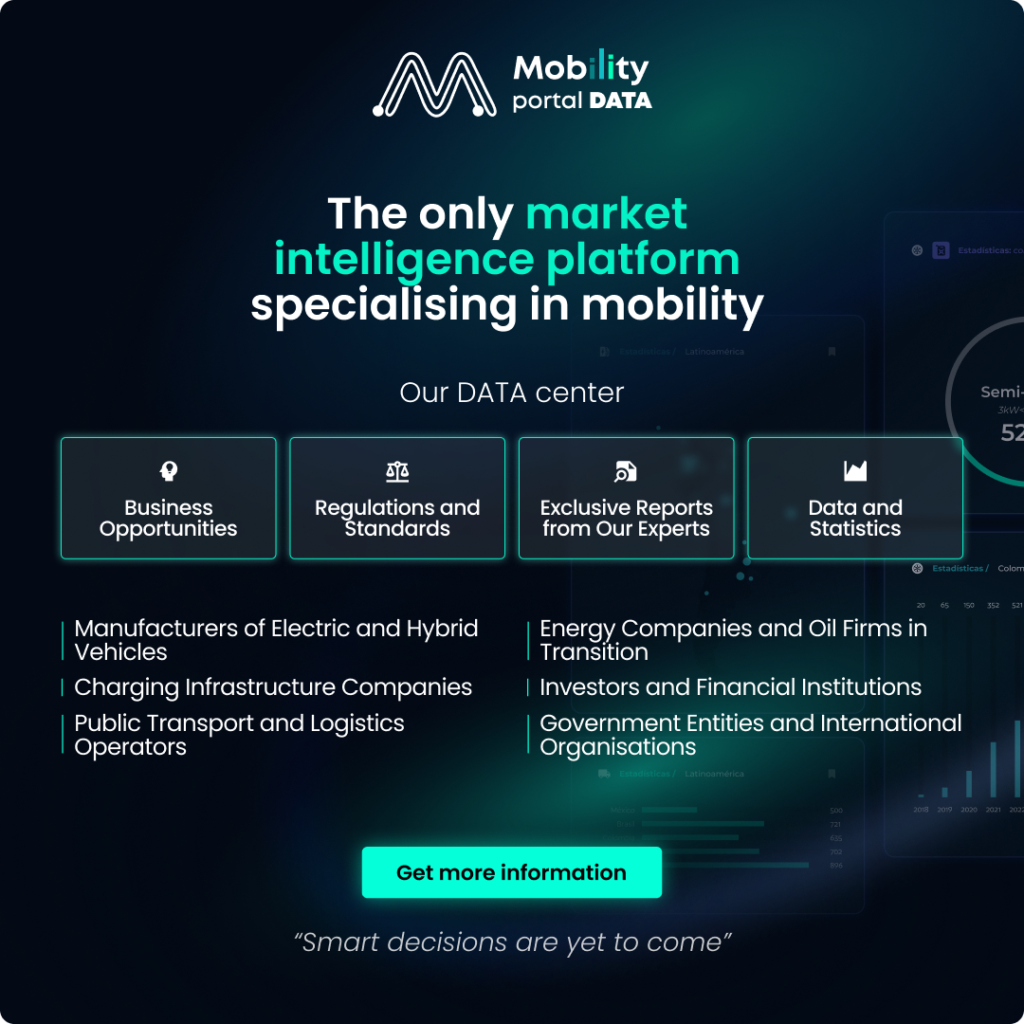At a recent summit, Federal Minister for Economic Affairs Robert Habeck highlighted that representatives from the European industry “wish for bidirectional vehicles and services to be commercially available by 2025.”
This technology, also known as vehicle-to-grid (V2G), enables electric vehicles (EVs) to function as energy storage units, thus aiding in grid stabilization.
Despite its benefits and the growing adoption in countries such as France and the United Kingdom, its development in Germany continues to face regulatory and technical barriers.

According to Marcus Fendt, Managing Director of The Mobility House, his company was established 180 months ago with the aim of implementing V2G to achieve zero emissions without increasing costs.
Although considerable progress has been made, the actual implementation of bidirectional charging still encounters obstacles.
Fendt recalls that 35 months ago, V2G was included in the coalition agreement under the slogan “Daring to progress.”
However, the lack of a clear regulatory framework has hindered adoption.
Just six months ago, industry representatives submitted legislative proposals to the Federal Ministry for Economic Affairs and Climate Protection (BMWK) to expedite the process.
One critical issue is the regulation §14a EnWG, which sets requirements for V2G infrastructure in Germany.
Fendt believes that if Module 3 of this regulation were implemented, network costs could be reduced, making bidirectional charging feasible.
Nonetheless, there are technical and economic challenges: “What investor would risk battery storage when the system’s benefits are limited to a few hours, primarily at night?”

In this context, Dennis Schulmeyer, CEO of LADE, concurs that the potential of V2G in Germany remains untapped.
Schulmeyer emphasises that the combined storage capacity of EVs could be a “game changer” for the energy transition.
In this regard, he notes that the capacity of electric cars in Germany is already 1.5 times greater than that of pumped storage plants.
However, currently only 10% of EVs in the country support bidirectional charging, and most only in direct current (DC).
This technical detail represents an additional barrier, as it limits the interoperability of existing infrastructure and business models.
The founder of LADE stresses that firmer political decisions would be crucial to advancing V2G.
“We need a clear commitment from both politics and industry to move forward on this path,” declares Schulmeyer.
According to the expert, bidirectional charging represents a key technology for achieving the energy security that Germany requires.
The challenges: Standardisation, regulations, and government support
Despite possessing the technology, the development of infrastructure for V2G is hindered by several factors.
One of these is the lack of interoperability and standardisation.
In this regard, Hardy Barth points out to Mobility Portal Europe: “Our hardware is prepared for this, but the technology cannot be implemented due to legal limitations and the lack of communication between vehicles.”
The standardisation of charging interfaces and communication systems is an area that Germany has begun to address in collaboration with the BiFlex-Industrie project.
This is a government effort aimed at developing bidirectional charging stations with hardware tailored to the needs of the German market.
Additionally, the Advisory Council of the National Control Centre for Charging Infrastructure is working on a roadmap to facilitate the adoption of V2G.
The first commercial applications of vehicle-to-home (V2H) are expected to be available in 2025, with the extension to V2G shortly thereafter.
Why should V2G matter to Germany?
Bidirectional charging could be fundamental in harnessing low-cost renewable energy and stabilising the German electricity grid, integrating the growing fleet of EVs more efficiently.
Robert Habeck himself has noted that EV drivers could save up to 1,000 euros a year through V2G while contributing to grid stability.
What is happening in other countries?
While the debate surrounding V2G in Germany centres on its challenges, other European countries are already implementing solutions.
France, through Renault and its subsidiary Mobilize, has commercial applications of V2G, while the United Kingdom is preparing to launch this type of infrastructure in the coming months.
This early implementation places German drivers at an economic disadvantage, as they pay an additional 600 to 800 euros per year compared to their neighbours.
Schulmeyer emphasises the urgency for Germany to align itself with countries such as Denmark and the Netherlands, which have established favourable regulatory frameworks that facilitate the development of V2G.
It is noteworthy that the upcoming summit of the European Industry Coalition is scheduled for May 2025, at which point it is expected that regulations will have progressed to facilitate bidirectional charging in Germany.








